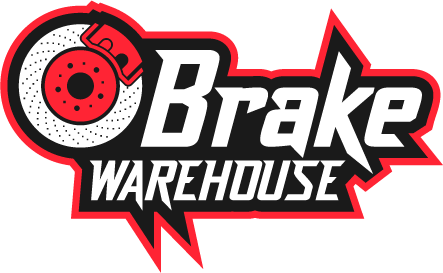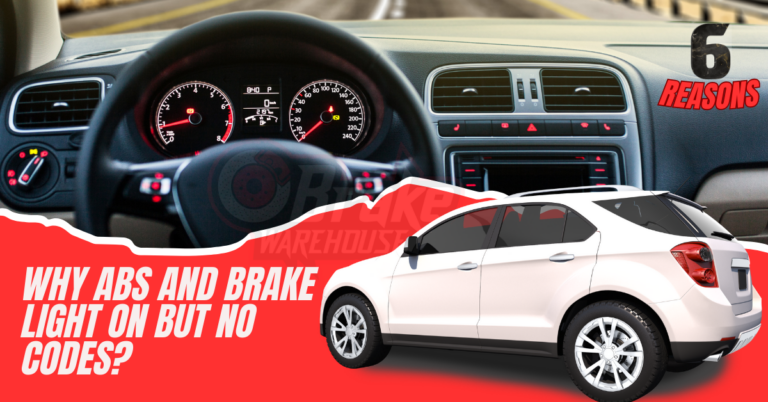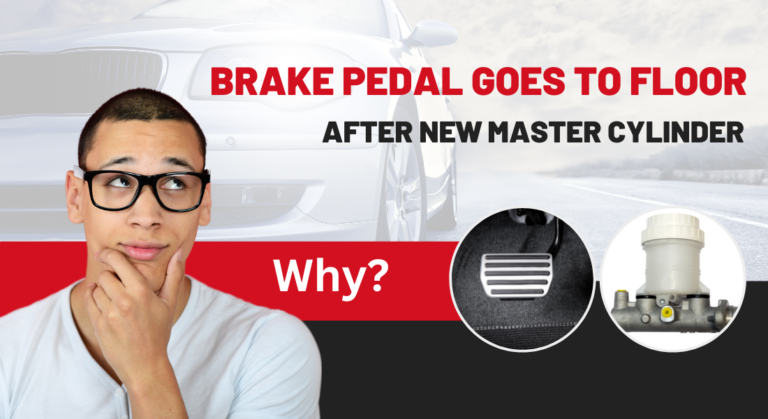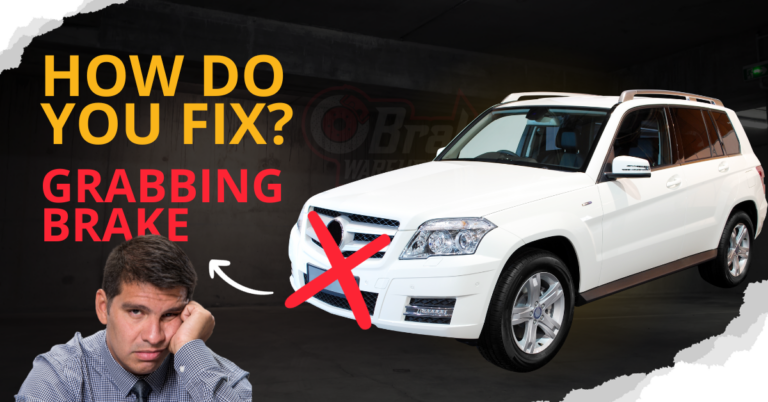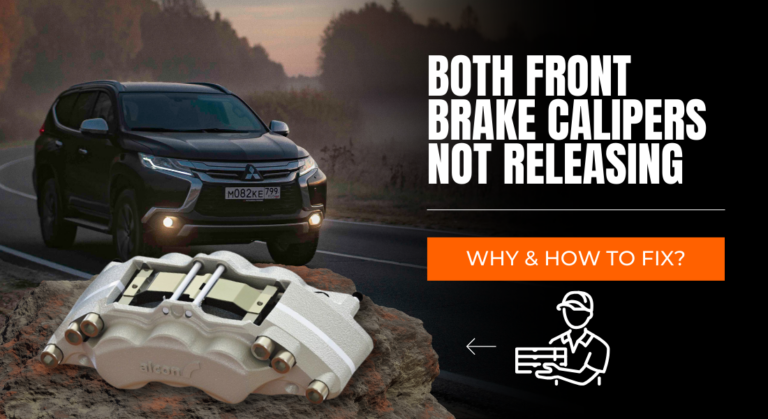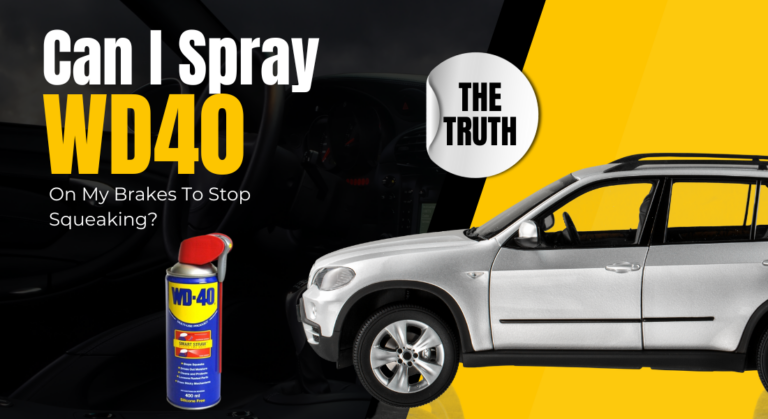Why Braking Power Low on Toyota Highlander – How To Fix?
As time passes, more and more vehicles have adapted brake booster technology to make the braking procedure easier and more precise. Toyota Highlander isn’t an exception, and it’s equipped with an electric brake booster and a vacuum pump.
If you’re worrying about why braking power is low on your Toyota Highlander, this article is for you. The low braking power issue happens for several reasons, including – faulty vacuum pump, brake booster, and old battery.
I’ll describe the most common causes and solutions for your better understanding. So, without further ado, let’s get started.
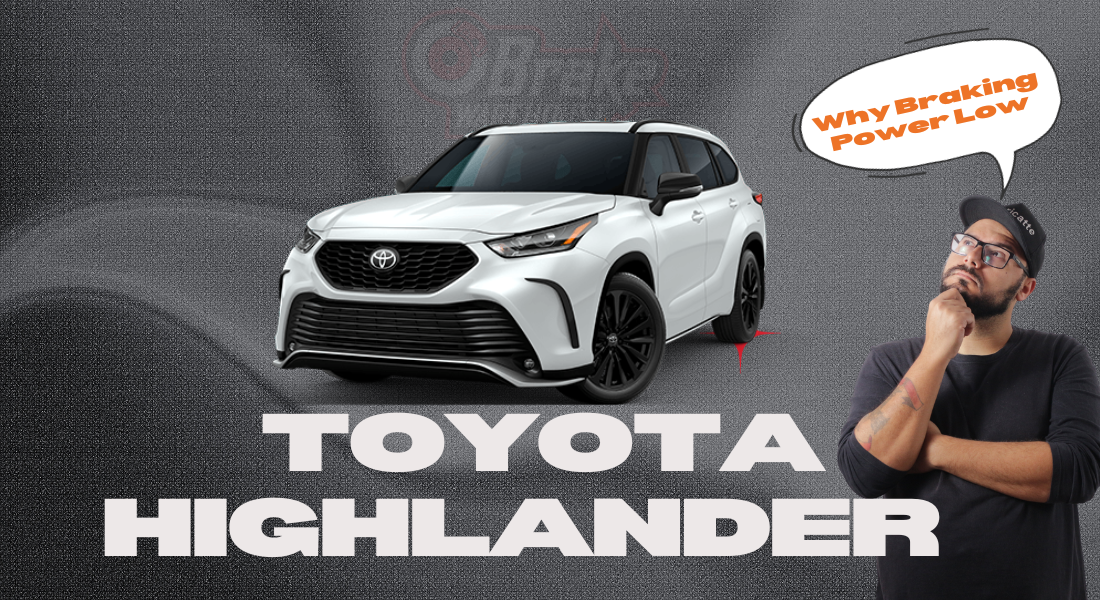
Low Braking Power On Toyota Highlander – Is It Common?
Yes, the low braking power issue is common among the Highlander models. According to Carcomplaints.com, the 2018 Highlander users have given 35 complaints & 17 complaints against the 2017 Highlander – regarding the low braking power issue.
However, the response from Toyota is very disappointing as they are referring their customers for paid repair services, costing them $1000 to $2000.
Sadly, Toyota has no recalls regarding this low brake power issue. Along with manufacture issue there are some other reasons that may cause low braking on toyota highlander discussed below.
Braking Power is Low On the Toyota Highlander: Causes & Fixes
Several causes might be responsible for the low braking power issue. But I’ll discuss the most common causes & how to fix them.
1. Old Battery
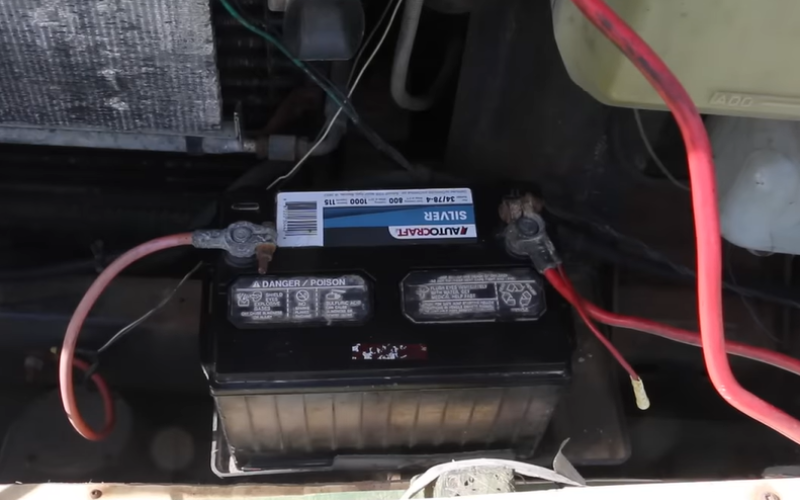
The battery is responsible for powering many modules of a vehicle & the braking control module is one of them. It’s a very sensitive module that can be affected/not work properly due to an old battery.
Coupled with the low braking power issue, if you’re having problems turning on the engine – it strongly indicates the battery is the root cause.
How To Solve Old Battery Issue
You can take your vehicle to your nearby AutoZone shop; they will check your problem & recharge your battery for free.
Though recharging the battery will dismiss the warning light for some time, it will reappear if your battery is older than 3-4 years. In this case, replacing the battery is the most ideal decision.
2. Damaged or Clogged Brake Hoses, Connectors & Lines
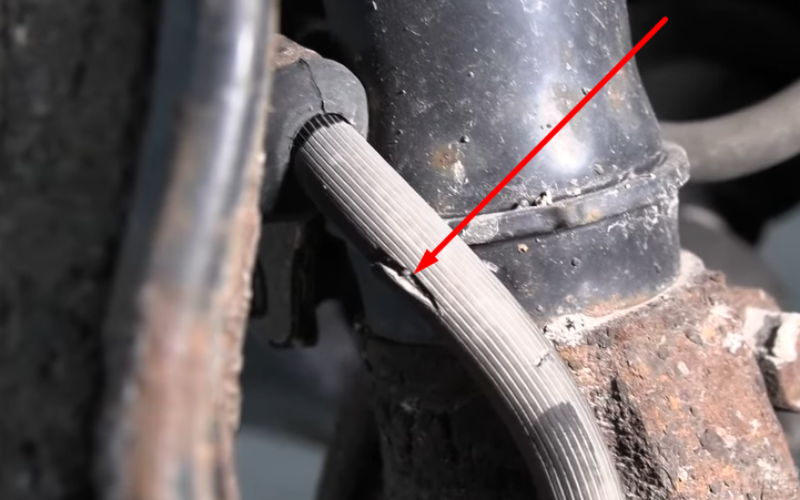
The Toyota Highlander has a hydraulic brake system in which brake hoses, connectors, and lines are vital components that transport brake fluid between the master cylinder and the brake calipers (disc brakes) at each wheel.
Little damage or fracture on these can create big problems & one of them is having low braking
power.
How To Fix Damaged or Clogged Brake Hoses, Connectors & Lines
At first, look for physical damage, corrosion, and dirt on these hoses, connectors & brake lines.
If your visual inspection has captured the issues – quickly clean, repair, or replace the faulty ones. Doing it will help you eliminate your Toyota Highlander’s low brake power issue.
3. Faulty Brake Booster Vacuum Pump
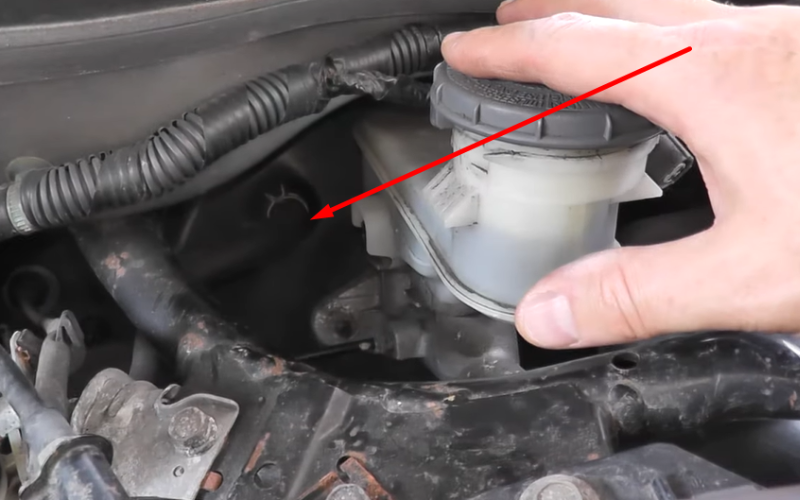
A faulty brake booster vacuum pump is one of the common reasons you might have a low brake power issue with your Toyota Highlander.
The role of a vacuum pump is very self-explanatory. It helps the brake booster to gain more pressure if the engine fails/can’t produce enough pressure.
Toyota Highlander has an electric brake booster with a built-in vacuum pump. If this component becomes faulty, the required pressure won’t be provided to the brake booster & it will cause a hard pedal problem.
How To Solve Faulty Brake Booster Vacuum Pump Issue
To make sure it’s a problem with the brake booster or the hoses connected to the brake booster, perform this quick test:
- Connect the vacuum pressure gauge to a suitable vacuum line on the vacuum pump.
- Start the engine and check the readings of the gauge.
- Check the vehicle’s repair manual and look for the recommended reading range.
- Your vacuum pump might be faulty if the gauge reading exceeds the recommended range.
You must replace your vacuum pump if you have a faulty brake booster vacuum pump. Consult an expert to assist you with this problem.
4. Faulty Brake Booster
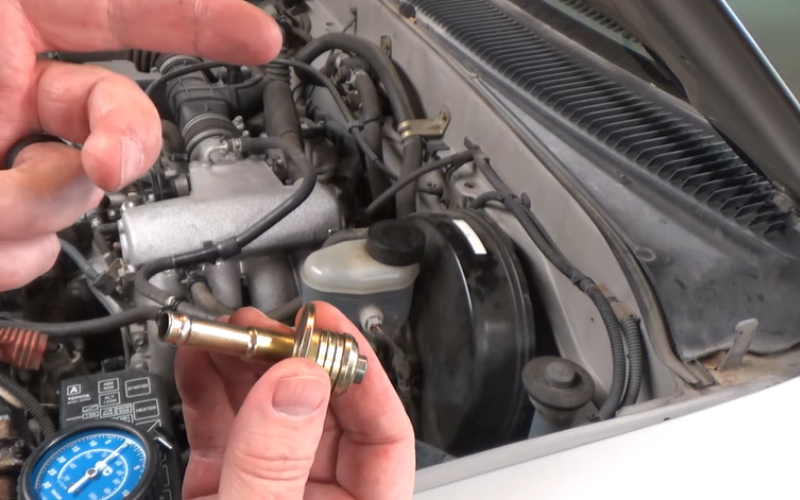
If your booster vacuum pump is working fine, then your brake booster might be faulty. Some of the major symptoms of a faulty brake booster are –
- Hard Brake Pedal: If the pedal is difficult to depress, it may indicate a problem with the brake booster.
- Increased Braking Effort: Due to the stiff brake pedal, you’ll have to give more effort for braking.
- Longer Stopping Distances: The booster won’t work correctly, so your vehicle will require an extra stopping distance.
- Hissing or Whistling Noise: If you hear a hissing or whistling noise when you depress the pedal, it’s a sign of a vacuum leak in the brake booster.
How To Solve Faulty Brake Booster Issue
Consider getting an expert opinion about your brake booster. If you recommend replacing the brake booster, do it accordingly.
It will be a costly fix as it might cost you around $1000 to $1200, including labor expenses.
5. Faulty Electronic Control Module (ECM)
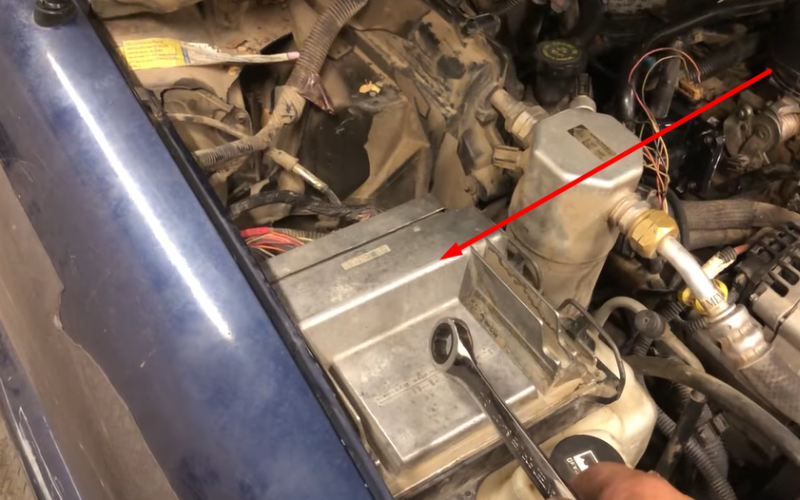
The ECM with the Toyota Highlander controls the braking system, including the brake booster and brake booster vacuum pump. If the ECM malfunctions, it might give wrong signals – resulting in a low braking power issue.
How To Fix Faulty Electronic Control Module of Toyota Highlander
Repairing or replacing an electronic control module isn’t a DIY (Do It Yourself) job. Consult your nearby AutoZone for further assistance regarding your faulty ECM.
This operation will be costly; you may have to spend $500 to $1300, including labor expenses.
How To Prevent Low Braking Power Issue on Toyota Highlander
To prevent low braking power issue on your Toyota Highlander, follow these simple steps mentioned below:
- Regularly check and top up brake fluid to avoid low braking power.
- Ensure the brake booster and vacuum pump are in good condition.
- Inspect brake lines and maintain proper brake oil levels.
- Regularly (not every day, obviously) flush brake fluid to remove air and maintain braking power.
- If “Braking Power Low, Stop in a Safe Place” appears, promptly consult a mechanic for further diagnosis and repairs.
Conclusion
I hope this article was helpful enough to answer why braking power is low on the Toyota Highlander. By understanding the potential causes and solutions for this issue, you can be better prepared to fix it in your vehicle.
However, most of the fixes aren’t can’t be fixed by the end users. Expert observation is strictly needed for most of the cases. That’s why don’t hesitate to consult an expert if required.

Meet Zayan, the mechanical genius behind the highly acclaimed brakes problems and solutions website. With over a decade of hands-on experience in the automotive industry, Zayan has become a trusted authority in the realm of brake systems.
His passion for cars, coupled with his expertise in solving complex brake-related issues, has earned him a devoted following of car enthusiasts, mechanics, and everyday drivers seeking reliable guidance.
